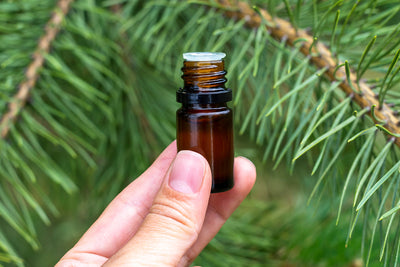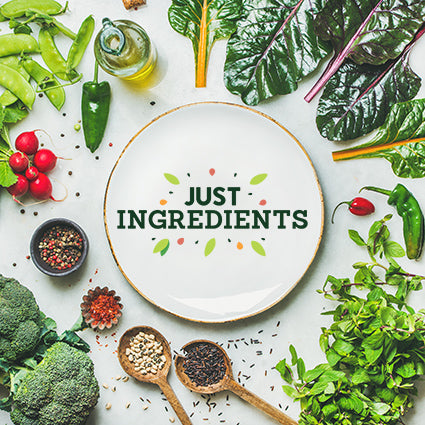From Farm-to-Pint: The Process of Farming Hops 🍺
Have you ever sipped on a cold, crisp beer and wondered about the journey those tiny bubbles took before they danced on your taste buds? Well, let's take a frothy dive into the fascinating world of hops and trace their path from farm to fork—or rather, from field to pint glass!
The Roots of the Story: Planting Hops 🍺
Our journey begins in the fertile fields where hops are planted. In early spring, hop farmers plant rhizomes—small root cuttings from mature hop plants—into the soil. These rhizomes will sprout and grow into vigorous vines, known as bines. As the bines start to climb, farmers use trellises, which are like giant hop jungle gyms, to support their growth.
Growing Pains: The Summer Stretch 🌞
As summer rolls in, the hop bines really hit their stride, reaching for the sun with all their might. This period of rapid growth is crucial as the bines can grow several inches in a single day!
Hops thrive in temperate climates with long days of sunshine and well-drained soil. They need a lot of water but hate soggy feet, so farmers keep a close eye on irrigation. Pests and diseases are also a constant threat, requiring vigilant care and sometimes organic pest control methods to keep the bines healthy.
Flower Power: Harvest Time 🌼
By late summer, the hop bines are adorned with vibrant, aromatic hop cones. These cones are the treasures hop farmers have been waiting for. They contain lupulin, a yellowish powder packed with essential oils and acids that give hops their unique characteristics.
Harvesting hops is a meticulous process. In smaller farms, hops might be hand-picked, a labour-intensive but rewarding task. Larger farms often use mechanical harvesters to collect the bines, which are then stripped of their cones.
Drying and Processing: Preserving the Goods 🍻
Freshly harvested hop cones are full of moisture, which needs to be removed to prevent spoilage. This is where the kilning process comes in. 
Hops are spread out in large kilns and dried using warm air. This process can take several hours and requires careful attention to ensure the hops retain their essential oils and acids.
After drying, the hops are cooled, sometimes compressed into pellets for easier storage and transportation, and then packaged to preserve their freshness.
The Brewer's Art: From Hops to Beer 🍺
With the hops ready, it's time to hand them over to the brewers, the true artists of the beer-making process.
Hops are added at various stages of the brewing process, but the most crucial is during the boil. Adding hops early in the boil extracts bitterness, while adding them later enhances flavour and aroma. Some brewers also use dry hopping, adding hops to the fermenter to impart even more aroma without increasing bitterness.
Pouring Perfection: The Final Product
After brewing, fermenting, conditioning, and packaging, the beer is finally ready to be poured. Whether it's a hoppy IPA, a balanced pale ale, or a rich stout, the journey of hops from farm to fork—or pint glass—is complete.
So next time you raise your glass, take a moment to appreciate the journey those hops have taken. From the careful planting in spring to the meticulous harvesting in late summer, each hop has played a part in creating that perfect sip.
Fun Hop Facts:
- Ancient History: Hops have been used in beer making since at least the 9th century. Before that, a mix of herbs and spices known as gruit was used.
- Hop Varieties: There are hundreds of hop varieties, each with its own unique flavour profile. Some popular ones include Cascade, Citra, and Saaz.
- Beer Styles: Hops play a significant role in defining different beer styles. For example, the bitterness of an IPA is a hallmark of the style, thanks to generous hop additions.
So, next time you're enjoying a craft beer, remember the hop's journey from the farm to your fork—or rather, your lips. Cheers to the farmers, the brewers, and the humble hop!




